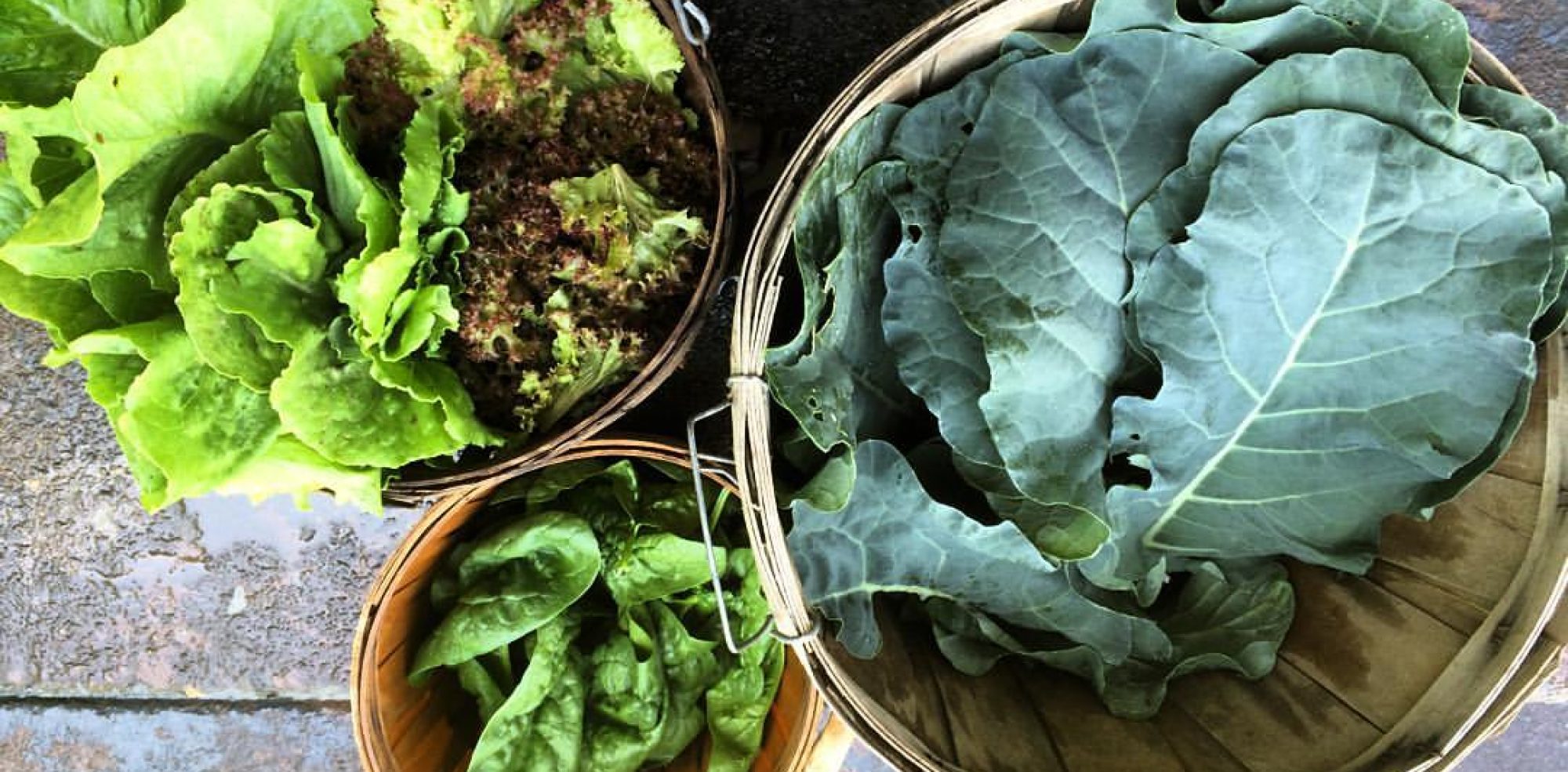
When I was a little girl I once dug a huge hole in the backyard in hopes of reaching hell. In my child-mind I thought I could dig my way to the problem (which was clearly at the center of the earth) and once there, punch it square in the face. True story. I had a bone to pick with unseen devils and I really thought my anger would get me there. I dug with all my might only managing a minor scrape in the earth with my major wounds.

I’m still digging today. I dig in the dirt often. Pulling weeds, tossing rocks, making holes and filling them. I don’t get much deeper than I did then but for my thoughts, but even those are like weeds that need tossed. Going down to find up is a real wild ride, but that’s the way it works. It does work, just not as literally as I once believed.

I recently learned a new gardening practice from a third-generation homesteader in the Boston mountains. It’s the practice of sowing trap crops. Certain pests are drawn to certain fruit, and they are so pervasive that it’s best to sow a crop at a distance in order to divert and trap them there. For example: he grows a Hubbard squash to keep the squash bugs from his summer squash and cucumbers; he lets the beetles have the sweet cherries in order to keep them from the peaches. I was a bit surprised that I had not heard of this after a decade of gardening, but it makes perfect sense when you’re dealing with pests that are relentless each year. It’s better to just give them something to feast on that you can do without, in order to preserve what you can’t.

Yesterday I had a pocket of grief over some pain I don’t care to go into here, other than to say in the midst of it I felt like a trap crop myself. I want to be real careful to not indulge helplessness because it’s truly the last place I’ll allow myself to visit. I will do anything to avoid feeling helpless, and instead sure myself up with unsanctified self-suficiency. But that imagery flooded my broken heart and I had to sit with it a minute. That targeted, earmarked, good-for-nothing-but-devouring sense that seemed so just and unjust, both. I don’t know that I’m willing to give up my sweet cherries or blackberries to pestilence this year. I even have Hubbard squash growing at this very moment. The idea that something was created for suffrage that other things can live — it deeply disturbs me. And yet, what was the very nature of the life of Christ on this earth? Was he not a trap crop in the flesh? Inviting all that seeks to destroy and devour right into the veins of his vine? Born to die? I suppose I can accept this notion on these terms. I can see redemption in the feasting on his life blood. He was the ultimate trap. There is nothing redemptive about humans being devoured by plague, and that’s why the earth was plowed and he was sown. And he grew up as a tender root, as vulnerable as the rest of us, just as susceptible to ruin in his humanity as any one of us. He drew all the death to himself (and away from us) that we might have a fighting chance to live and thrive. I can almost imagine his arms like branches calling out to death, “Over here! Over here!”

While a broken girl was digging a hole to the hell in the center of herself, hoping to find the source of all the pain, a trap crop was being sown there. A crop with roots that reached where she couldn’t, beckoning and drawing the bad, absorbing it into its being, taking it onward and upward like heaven does. That upside-down logic that only makes sense when you understand that things die to live, and one thing died for all to live.

I love this, Tab. So cool about the trash crop and our ultimate tender reed 🥰
LikeLiked by 1 person
This is beautiful. You have such a gift. Thank you for sharing.
LikeLiked by 1 person
Thank you for reading, Debbie! ❤️
LikeLike